Table of Contents
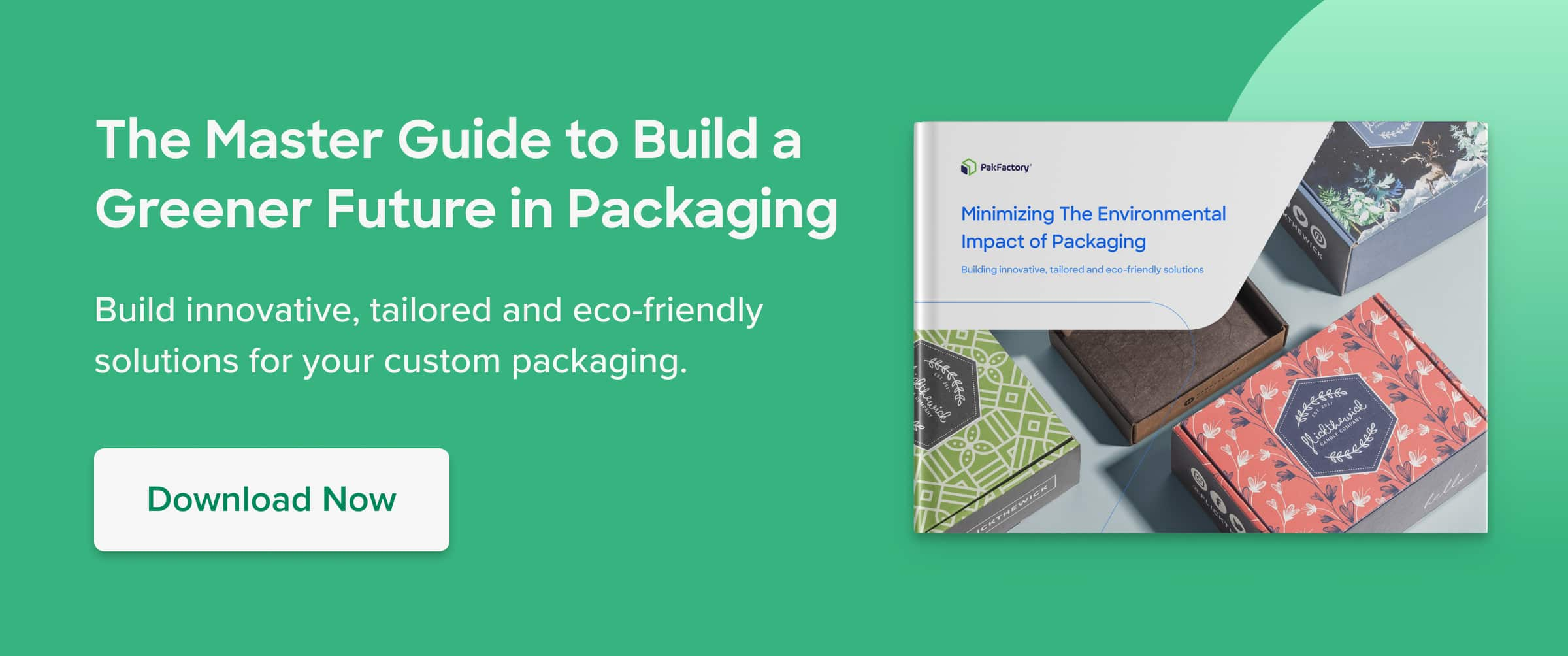
Packaging is going through a lot of changes, especially when it comes to sustainability.
With more flexible packaging options available follows many windows of opportunity for businesses to take a step toward sustainable initiatives.
While flexible packaging does allow for a lower carbon footprint and reduced costs, not all of it is recyclable.
While the packaging materials you choose may be eco-friendly, such as kraft, the coatings you choose play a crucial role in the recyclability of your packaging.
Coatings such as acrylics, epoxies, and polyurethanes are often used for appearance and functionality.
Using these coatings on sustainable materials becomes counterproductive and in turn you are creating single-use packaging that can’t actually be recycled.
Therefore, the often overlooked area of focus in the sustainable packaging industry is in fact the package coatings.
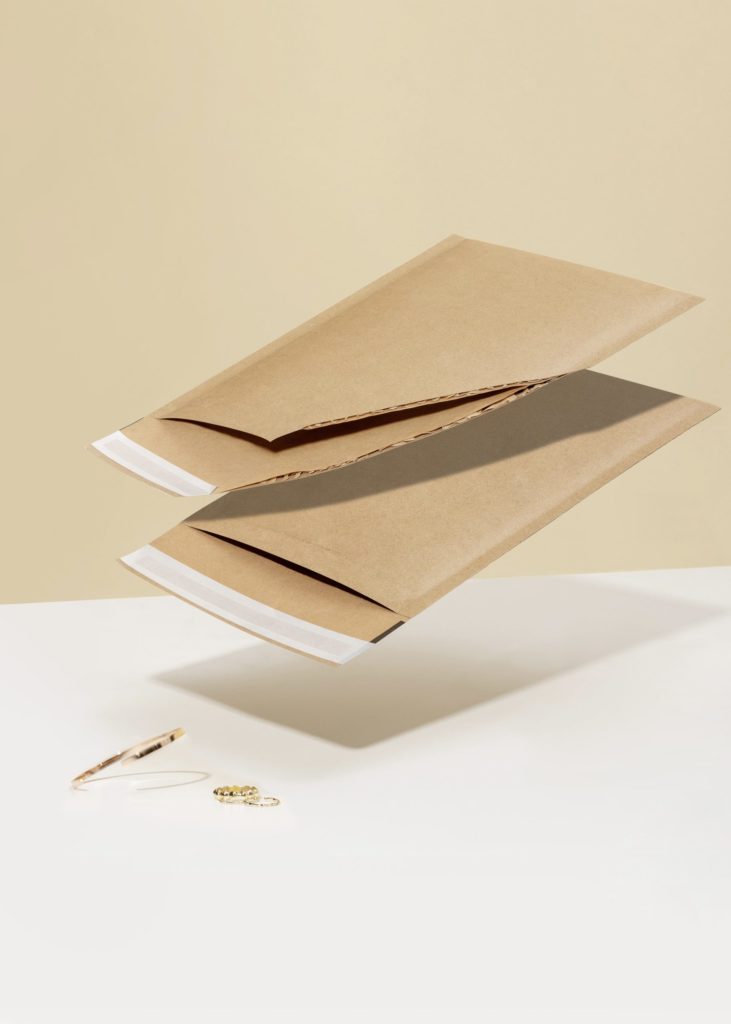
According to Allied Market Research the packaging coating market was valued at $2,830 million in 2016, and is expected to reach $3,865 million by 2023.
With this substantial growth in the packaging coating market, comes the responsibility to raise awareness of sustainable coating options and how to use them effectively, especially with consumer behaviors heavily influenced by sustainability.
What are Coatings?
Coating materials are applied to moving webs of flexible substrates, which can vary.
It could b barrier coatings for paper packaging, film, or even aluminum foil.
The carrier substrate will depend on why the coating is needed and how the packaging will be used (i.e., retail shelves, e-commerce, etc.)
Coatings are important because they provide aesthetic appeal, and they can be functional too!
They are used to make packaging look better, help messaging stand out, and provide protective layers for durability.
Common coatings you might have come across before include:
- Varnish, which creates transparent and glossy surfaces
- Cold seals for products where standard heat sealing doesn’t work
- PVC coating, which improves protectiveness and adds gloss to the packaging.
Coatings can be applied in-line with a printing press, using coating-laminating machines.
Other industries use different types of coatings including wax coatings for food safe packaging and aqueous coatings for recyclable packaging.
There is no denying that it’s heavily used in the packaging industry and continues to grow as an industry by itself.
Customizations are available depending on products and needs, so there is a lot of room to grow and develop the right coating for your packaging.
But how does sustainability come into play?
Why are Coatings Important for Sustainability?
Recyclable packaging is still a challenge to produce.
There are so many layers to packaging and each one is made of different materials, coatings and inks. This makes creating fully recyclable packaging difficult.
There have been different measures for companies to reevaluate their current use, including bans on certain kinds of materials such as single-use plastic.
While these are small steps, there are bigger goals the industry is working towards.
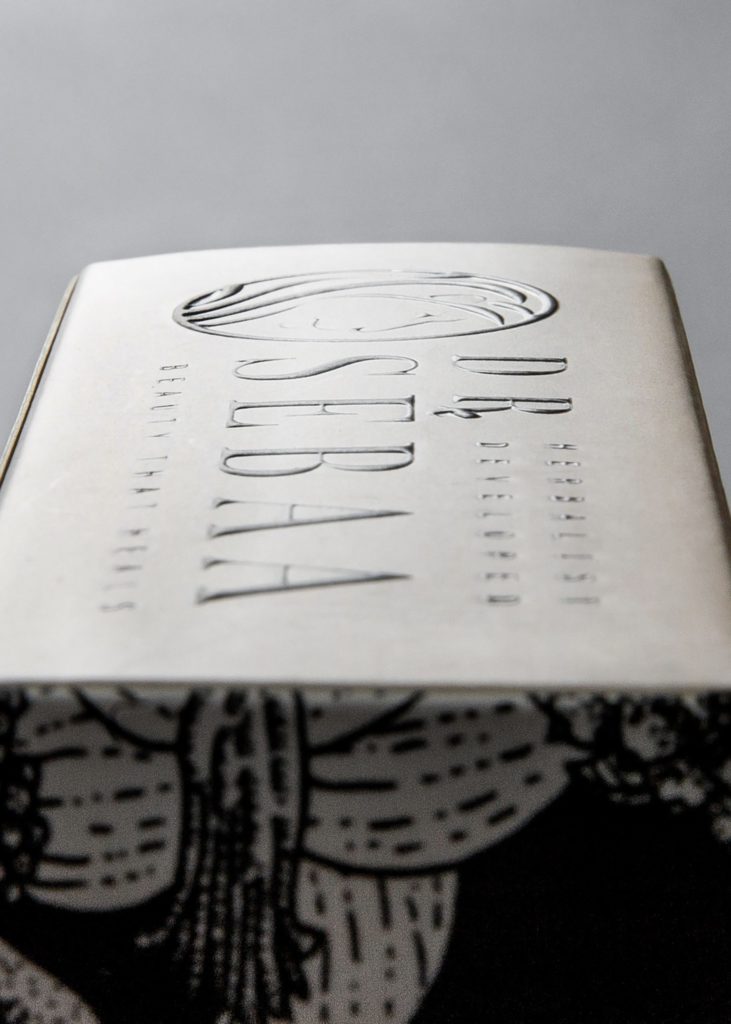
Specifically, using more recycled content to create flexible packaging, eliminating the unnecessary use of plastic, developing newer forms of plastic that can be recycled and increasing circulation of already used plastic to encourage recycling.
With the focus on plastics, it might not seem obvious where coatings fit in.
Businesses have taken some major steps toward providing consumers with sustainable and recyclable products. However, a lot of the industry has been greenwashed over time.
While the materials businesses choose does play a crucial role in the sustainability of products, the coating, as mentioned previously, often counteracts the recyclability of the packaging.
The coating material is not communicated with consumers, which leaves them with the assumption that the packaging is fully recyclable, because it is advertised as a ‘sustainable product’.
However, this is more often than not the case.
While coatings are useful because they provide additional functionality that might not exist if plastic is completely eliminated, it still poses the question: how eco-friendly is my packaging really?
Consumers are becoming more conscious of eco-friendly initiatives and are becoming much more educated on this topic as a whole
With that being said, customers will eventually catch on to brands that claim to be environmentally friendly, yet use coatings that ultimately make the packaging non-recyclable.
Greenwashing is becoming more prominent, but so have consumer’s knowledge of this phenomenon. This is why businesses taking steps towards sustainable initiatives need to acknowledge and embrace the importance of sustainable coatings along with sustainable packaging as a whole.
Water-based coatings are becoming an increasingly sustainable alternative for flexible packaging.
This includes;
- Primers
- Barrier coatings
- Varnishes
- Heat-sealing
Water-based coatings are durable, can withstand rough conditions, and work as a protective layer, just as any other non-sustainable coating would.
Other technologies and options are being developed, so it’s clear more innovation is to come for sustainable coatings and will hopefully pave the way for fully sustainable packaging.
Your Sustainable Coating Options
While we briefly touched on some coatings for the food packaging industry above. There are many more coatings available for packaging beyond just the food industry.
Coatings play a crucial role in the look and feel of your packaging design, yet not much awareness is brought about in terms of coating options.
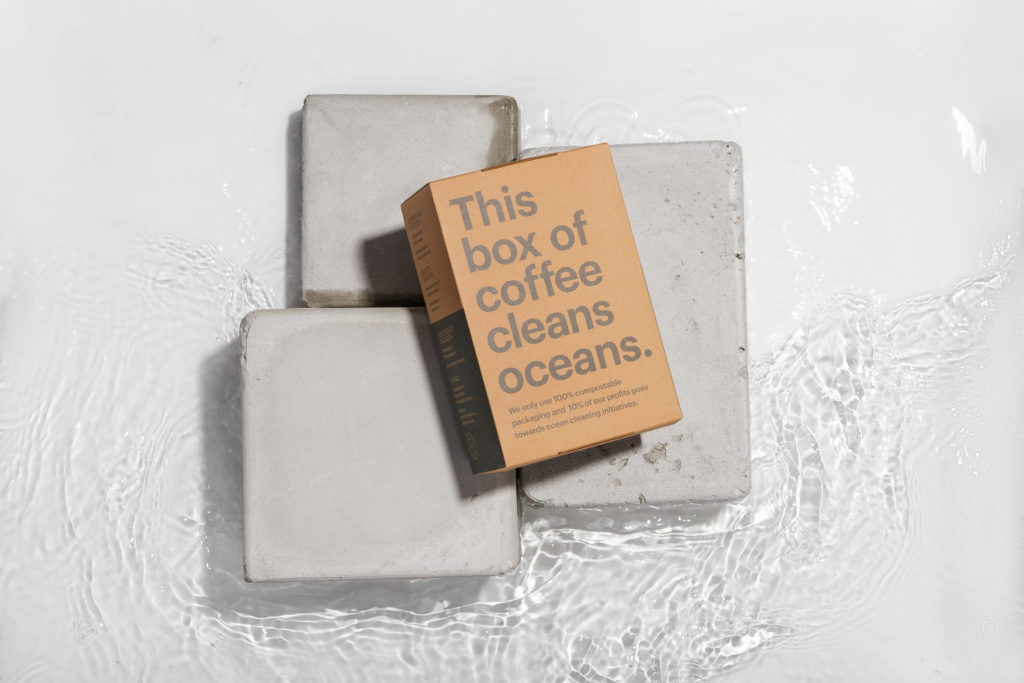
Here we discuss some fully sustainable coating options that are really underrated!
Advanced aqueous polymeric dispersions and solutions
Polyvinyl alcohol (PVOH) and ethyl vinyl alcohol (EVOH) are established coating alternatives and continue to gain more traction.
Used mainly as a barrier coating, companies can use them in food and beverage packaging.
They can also be used as thickeners for coatings that contain emulsions. Their downside, however, is that they cannot offer strong resistance to water.
Aqueous coatings can also be used for resin-based dispersion and polymer emulsions. It effectively applies to the paper surfaces to form a solid film after drying.
The film is non-porous, making it perfect for food service applications. They are also recyclable and can be repulped without contaminating the base materials.
Biopolymers – Polylactic acid (PLA) and polyhydroxyalkanoates (PHAs)
Biopolymers are made from renewable biological feedstocks and are biodegradable.
Although initial biopolymers were derived from sugarcane, other materials can be used to make it even more sustainable.
For example, companies can use agricultural waste such as corn stalks, or plants, grown on non-prime farming land to create this kind of packaging coating.
Biopolymers work like plastic barrier technologies and can be applied with minimal modifications. However, its main downside is that it cannot withstand heat, which is where further innovation is needed.
Other bio-based plastics that are coming into the market include:
- Polyhydroxyalkanoates (PHAs)
- Polybutylene succinate (PBS)
- Polyethylene furoate (PEF)
- Chitosan-based films
For sustainable coating and materials to gain market share and awareness, supply chains need to collaborate.
Sustainable Coatings in Food Packaging
Food packaging, in particular, has come into focus for its use of plastic.
As more alternatives to plastic come into place, food packaging will be one of the first areas that benefit from sustainable innovation.
For example, new options entering the market now include:
- CBX CBC FF (Cardbox Circular Barrier Coating for Frozen Food applications)
- CBX CBC GR (Cardbox Circular Barrier Coating for Grease applications)
Created by Cardbox Packaging, these alternatives include recyclable cardboard material for frozen food and greasy products.
The coatings also eliminate the use of chemicals such as fluorine, making them more sustainable and safe for consumption.
Mono-materials such as dispersion-coated base materials are also being introduced into the fray for food packaging.
Dispersion coatings are a type of barrier coating, which provides barrier properties to fibre-based materials such as paperboard, paper and liners.
With dispersion coatings making an appearance in the food packaging industry, businesses have more opportunities in taking larger steps in eco-friendly initiatives and creating customer experiences that are authentic to sustainability.
As newer innovations come into play, many different types of sustainable coating can be used to create fully recyclable products.
Collaborating with Supply Chains
With an increased demand for greener solutions, packaging and coatings play an integral role.
Packaging must improve product life, provide protection and allow for customization – all while being convenient and sustainable.
These increasing demands have led to collaborations between material suppliers, converters, brand owners, and recyclers to create sustainable options for packaging and coatings.
Some ways this collaboration is taking root includes:
- Developing dispersion-coating packaging since it’s both compostable and recyclable.
- Reducing plastic use overall and using paper with advanced coating as an alternative
- More accessible and convenient recycling options
- Compostable packaging using resin and additive technologies as coting
- Using renewable raw materials such as resin, additive, and wax to increase bio-based content of inks and coatings.
- Creating reusable packaging
- Reducing hazardous materials sued
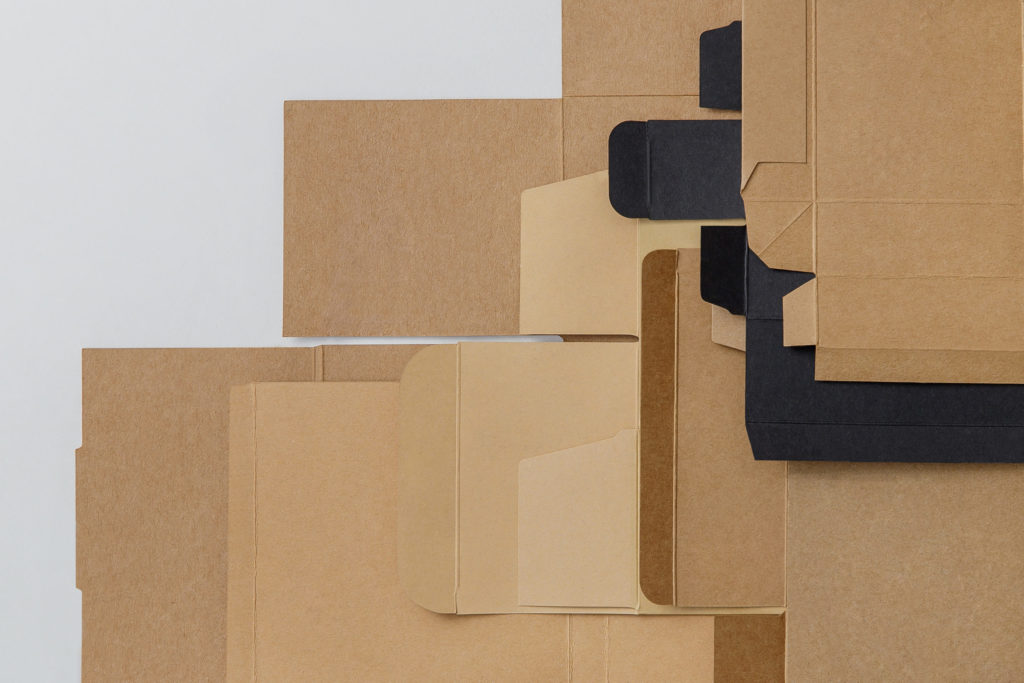
So how do you create sustainable packaging for your business?
How to Start Creating Sustainable Packaging for Your Business
There are multiple ways you can start to introduce sustainable packaging for your business.
Including;
- Avoiding over-packaging: Using the right size packaging helps ensure that you reduce the need for filler material and reduce overall waste. Think about dimensions more thoughtfully when designing packaging and the overall fit.
- Be thoughtful of all aspects of your packaging: Choosing the right material for sustainable packaging initiatives isn’t enough. Make sure your inks, coatings, varnishes, laminates, inserts, tapes, stickers and labels are also made with sustainability in mind.
- Use cardboard packaging: Cardboard is one of the most environmentally-friendly materials available since it is biodegradable, reusable, and is often made from recycled materials. There are many different sizes and types available, making it easy to adapt to other products. You can also use cardboard envelopes and smaller types of cardboard packaging to suit your needs.
- Make your packaging reusable: Reusable packaging helps reduce waste and allows you to be creative. Using bottles and jars for packaging, you can encourage customers to reuse the products or design paper packaging for multiple purposes. Plantable packaging is a newer form of packaging where organic seeds are incorporated into boxes and fillers, making it an easily reusable and sustainable option!
- Educate customers: sustainability is not just about what you do but also what you impart to others. Teaching customers about sustainability and communicating what you are doing about it through social media and email can go a long way in building your brand.
Read more on sustainable packaging options!
As more sustainable options for coatings and materials come into play, businesses will have many opportunities to reduce waste and carbon footprint.
Through simple measures such as changing packaging materials and educating customers, you can start to take significant steps towards becoming more sustainable and continue to grow your business in the right direction.






